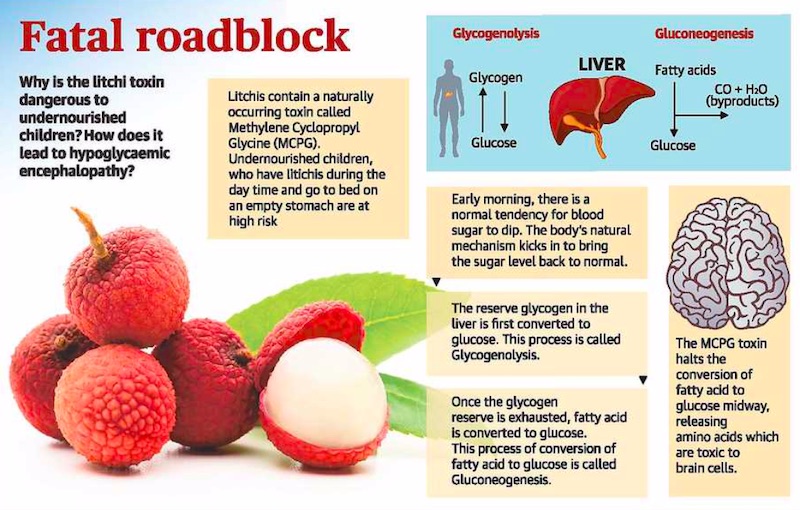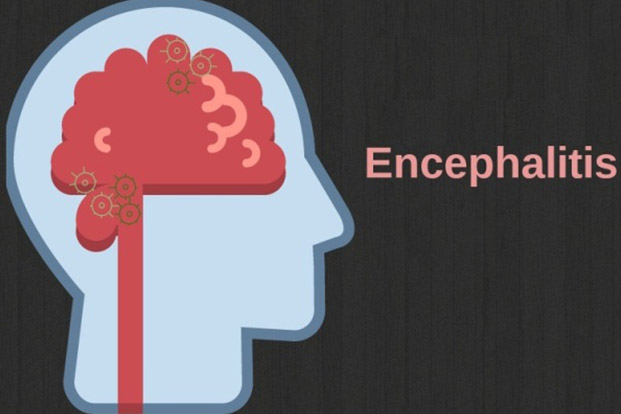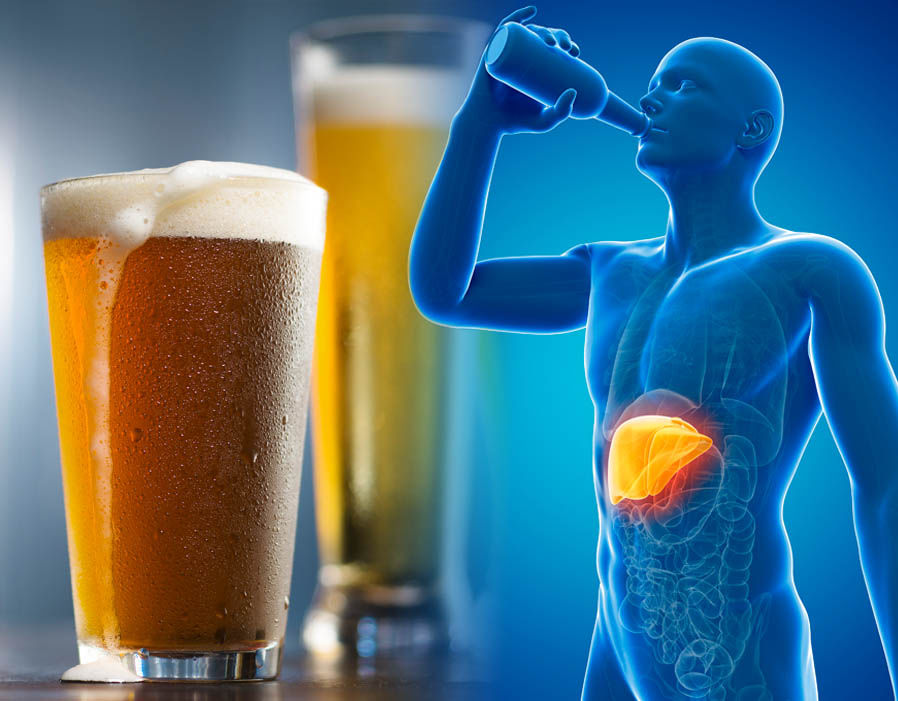
Alcoholic liver disease is the result of excessive alcohol consumption over a period of time. It is a severe and fatal consequence of alcohol abuse. Alcohol abuse over the years leads to the replacement of healthy liver tissue with scar tissue. Considered as one of the biggest reasons for acute liver damage, alcohol is not only life-threatening but can also cause liver failure. Excessive consumption of alcohol can result in scarring of the liver and can cause ALD (alcohol-related diseases).
This disease happens when fat builds up in the liver, which causes swelling and impairs liver function. Alcoholic fatty liver disease can occur even after a short period of heavy drinking. Symptoms are not usually present in this stage, though the American Liver Foundation reports some may feel weak or fatigued, or notice discomfort in the right upper abdomen.
The many faces of fatty liver disease: There are lots of medical terms related to fatty liver disease, and it can get confusing. The main medical umbrella term NAFLD refers to a fatty liver that is not related to alcohol use. NAFLD is further divided into two groups:
Non-alcoholic fatty liver (NAFL), otherwise known as simple fatty liver, or Non-alcoholic steatohepatitis (NASH)
The mildest forms of alcoholic hepatitis might not present any signs or symptoms. As the condition advances, signs and symptoms might include:

Alcoholic Hepatitis
This condition can manifest after long-term drinking. This involves inflammation and scarring of the liver, which prevents blood flow in the organ, slowing its essential functions. Even though alcoholic hepatitis might be diagnosed as “mild,” it is a serious condition requiring abstinence from adult beverages. Severe alcoholic hepatitis can be life-threatening.
Liver function tests will also reveal elevated liver enzymes. Severe alcoholic hepatitis may lead to abdominal fluid accumulation, cognitive and behavioral changes, and liver or kidney failure. It is imperative you seek medical advice and intervention at this stage.

08 Jun 2019

27 Apr 2019

29 Jan 2019

24 Jan 2019

15 Jan 2019